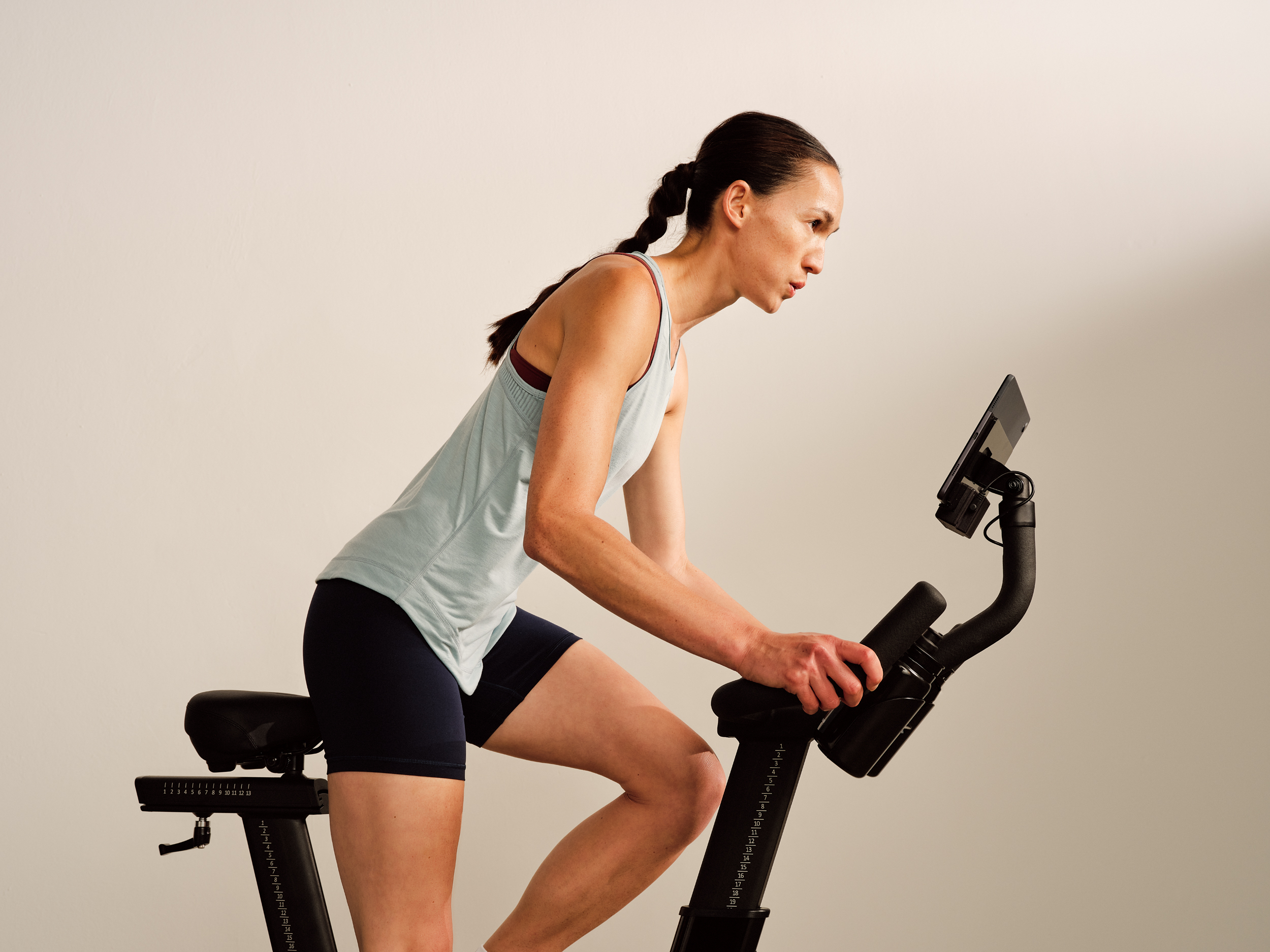Sports
How to Document a Sports Injury for Legal Purposes

If you’ve suffered an injury while participating in sports—whether in a school setting, a recreational league, or at a gym—it’s crucial to understand your legal rights. One of the most important steps you can take after the incident is properly documenting your injury. The information you gather can play a vital role if you decide to file a claim or lawsuit. An experienced sports injury lawyer can use this documentation to prove liability, calculate damages, and negotiate a fair settlement on your behalf.
In this guide, we’ll walk you through the essential steps to document a sports injury effectively for legal purposes.
1. Seek Immediate Medical Attention
The first and most urgent step after a sports injury is to seek medical care. Whether it’s a sprain, fracture, concussion, or torn ligament, prompt medical evaluation is critical for both your health and any potential legal case.
Why it matters legally:
- Medical records serve as the first official documentation of your injury.
- Delays in treatment can weaken your case by giving the impression the injury wasn’t serious.
- A sports injury lawyer will rely heavily on your doctor’s notes, diagnosis, treatment plans, and prognoses when building your claim.
Make sure to request:
- Copies of all your medical records and imaging (X-rays, MRIs, CT scans).
- Doctor’s notes detailing your physical limitations and recovery expectations.
- Receipts or billing statements showing the cost of treatment.
Pro Tip: Keep a symptom journal from Day 1 to record your pain levels, mobility issues, emotional struggles, and how the injury disrupts your daily life.
2. Report the Injury Immediately
Filing a formal report is another critical component of documentation. Always notify the proper authority about the injury depending on the setting:
- At a school: report it to your coach, athletic director, and school nurse or principal.
- At a gym or sports facility: file an incident report with a manager or staff supervisor.
- During league play: notify referees and league organizers.
Make sure the report includes:
- The date, time, and location of the injury.
- A description of what occurred.
- Names of any staff or witnesses present.
Ask for a copy of any report filed. This official record can be used by your sports injury lawyer to prove that the incident occurred and establish the timeline of events.
3. Identify and Gather Witnesses
Eyewitness accounts are powerful tools in a personal injury claim. If anyone saw your injury happen—teammates, coaches, referees, or spectators—ask for their full name and contact information.
When possible:
- Ask witnesses to write down or record what they saw as soon as possible.
- Focus on gathering unbiased statements from neutral parties (e.g., referees or spectators).
Your attorney can later follow up with them for formal testimony if needed.
4. Take Photographs and Videos
Visual evidence can help paint a vivid picture of what happened and the severity of your injuries. Make sure to capture:
- Close-up photos of bruises, swelling, cuts, or other injuries.
- Photos of the area where the injury happened (e.g., damaged turf, slippery floor, faulty equipment).
- The gear you were wearing at the time, especially if it was defective or contributed to the injury.
Take these photos immediately after the injury and continue documenting throughout your recovery to show how the injury progresses.
5. Keep a Personal Injury Diary
A daily or weekly injury diary can be a compelling piece of evidence. Use it to record:
- Pain levels (rate from 1–10).
- Mobility or functional limitations.
- Missed work, classes, or personal events.
- Emotional or psychological distress (e.g., anxiety, frustration, depression).
A sports injury lawyer can present this diary as part of your “non-economic damages,” such as pain and suffering or loss of enjoyment of life.
6. Preserve Physical Evidence
If defective equipment or unsafe conditions contributed to your injury, preserve that evidence:
- Do not repair or discard broken gear (helmets, cleats, pads, etc.).
- Save any clothing worn during the injury (especially if it’s torn or blood-stained).
- Take photos or video of any physical hazards at the scene (e.g., exposed nails, poor lighting, or unmarked wet floors).
This kind of evidence can help prove negligence, which is central to your legal claim.
7. Save All Related Expenses and Communications
Keep a detailed record of any costs you incur due to the injury:
- Medical bills
- Transportation to appointments
- Medical devices (crutches, braces, etc.)
- Prescription medications
- Lost wages or missed school
Also, save any correspondence related to the incident, including emails, texts, or letters from coaches, facility managers, or insurance companies. Share all of this with your sports injury lawyer—they will use it to calculate damages and negotiate compensation.
8. Contact a Sports Injury Lawyer
Even with solid documentation, navigating the legal complexities of a sports injury claim can be overwhelming. An experienced sports injury lawyer can:
- Evaluate the strength of your case.
- Identify who is legally responsible (coaches, facility owners, other players).
- Handle negotiations with insurance companies.
- Represent you in court if necessary.
In many cases, people assume that signing a waiver or participating in sports means they have no legal recourse. But that’s not always true. If your injury was caused by someone else’s negligence, lack of supervision, or faulty equipment, you may be entitled to compensation.
Final Thoughts
Documenting a sports injury thoroughly is not just helpful—it’s essential. Every detail you capture helps your sports injury lawyer prove liability, demonstrate the extent of your suffering, and build a strong case for compensation.
If you or a loved one has experienced a serious sports injury, don’t wait. Contact our law firm for a free consultation today. We’ll review your case, help you understand your legal options, and fight for the justice and compensation you deserve.














